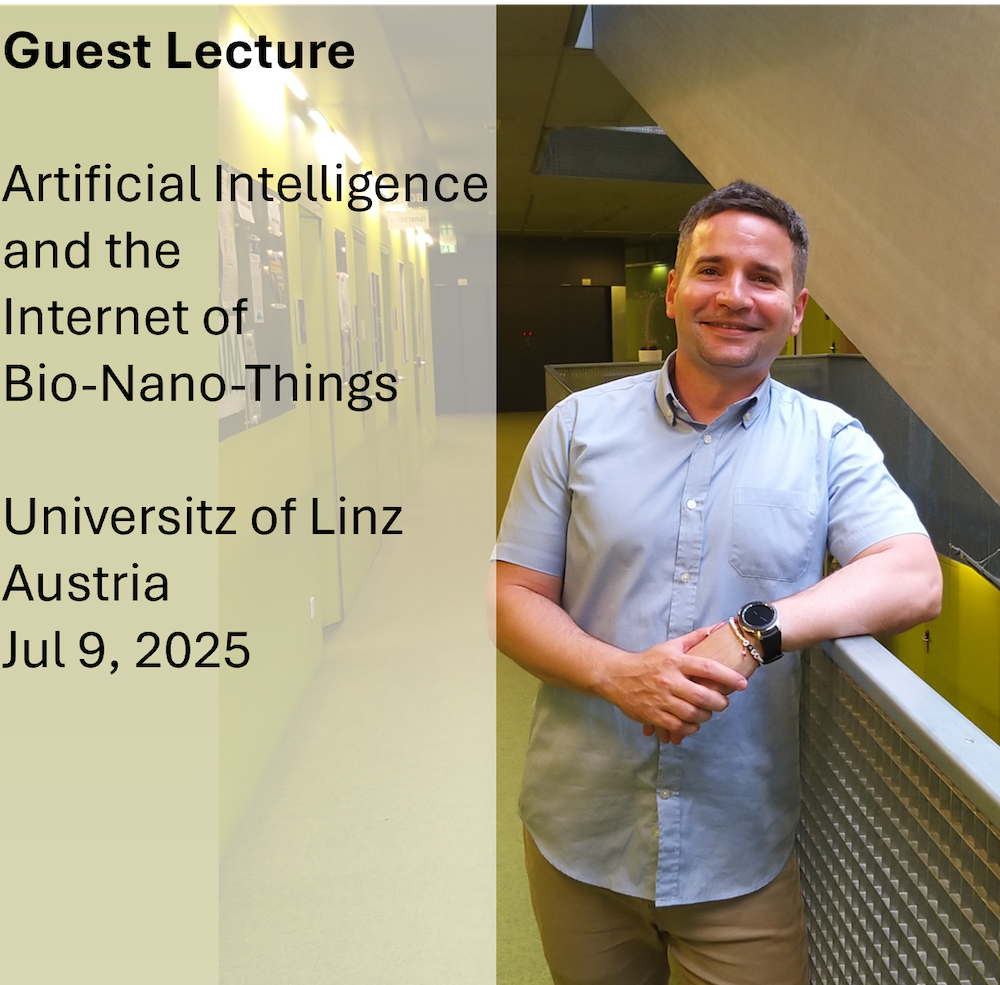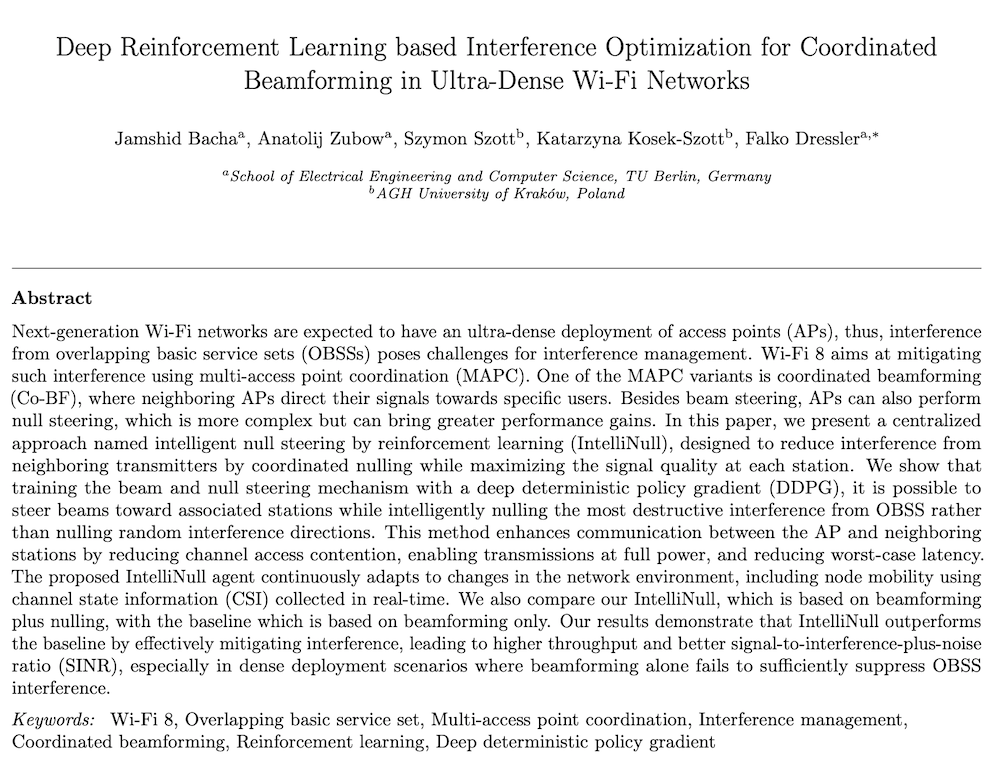Literature Database Entry
longo2022internet
Edoardo Longo, "Internet of Things Prototypes and Communication Protocols for Edge Network Architectures," PhD Thesis, Department of Electronics, Information and Bioengineering, Politecnico di Milano, July 2022. (Advisors: Alessandro E.C. Redondi and Matteo Cesana; Referees: Falko Dressler and Pietro Manzoni)
Abstract
The combined power of the Internet of Things (IoT) and 5G will be the driving force behind the transformation of devices as we know them today, where, in combination with AI, smart devices will be able to make autonomous decisions to react to stimuli from the external environment. Nevertheless, the current IoT communication protocols are based on a centralised architecture that does not allow scalable massive machine-type communications and low-latency requirements foreseen from future applications. This thesis includes new methodologies for developing a suitable communication protocol for so-called smart devices within an Edge rather than a cloud computing scenario. The central pillar of the Edge communication pattern is to move the intelligence of the devices closer to the end-user, offloading computational and energy-intensive tasks to the closest Multi-access Edge Computing (MEC), which works as IoT gateways, also providing storage resources, processing, aggregation and filtering functionalities. Currently, the major publish/subscribe messaging protocols for the IoT still rely on a basic centralised architecture, locating the single broker on a cloud server in charge of all the message communication; however, new applications envisage a distributed communication between multiple Edge servers. In this thesis, we first capitalise on recent advances in terms of MEC and 5G networks to design a system of smart objects empowered by ML for a Smart City or Smart Campus deployment, where computing-intensive tasks are offloaded to Edge servers enabling a low-latency and energy-efficient communication and comparing it to traditional methods. Second, we make improvements to the MQTT communication protocol, the de-facto standard for IoT, to enable its application to modern distributed applications for future cities. Therefore, on the implementation side, we design and develop an evolution of the MQTT publish/subscribe protocol that takes into account a distributed deployment of broker nodes instead of a single central one for reducing the message delivery time and efficiently handling resources. A common thread in the results of this thesis is that the deployment of messaging through broker distribution is a critical challenge to be solved with systems with multiple peripheral-edge locations. As proposed in this manuscript, the interconnection of MQTT brokers with advanced techniques may enable efficient, agile and fast communication needed in city-wide and massive scenarios.
Quick access
Contact
Edoardo Longo
BibTeX reference
@phdthesis{longo2022internet,
author = {Longo, Edoardo},
title = {{Internet of Things Prototypes and Communication Protocols for Edge Network Architectures}},
advisor = {Redondi, Alessandro E.C. and Cesana, Matteo},
institution = {Department of Electronics, Information and Bioengineering},
month = {7},
referee = {Dressler, Falko and Manzoni, Pietro},
school = {Politecnico di Milano},
type = {PhD Thesis},
year = {2022},
}
Copyright notice
Links to final or draft versions of papers are presented here to ensure timely dissemination of scholarly and technical work. Copyright and all rights therein are retained by authors or by other copyright holders. All persons copying this information are expected to adhere to the terms and constraints invoked by each author's copyright. In most cases, these works may not be reposted or distributed for commercial purposes without the explicit permission of the copyright holder.
The following applies to all papers listed above that have IEEE copyrights: Personal use of this material is permitted. However, permission to reprint/republish this material for advertising or promotional purposes or for creating new collective works for resale or redistribution to servers or lists, or to reuse any copyrighted component of this work in other works must be obtained from the IEEE.
The following applies to all papers listed above that are in submission to IEEE conference/workshop proceedings or journals: This work has been submitted to the IEEE for possible publication. Copyright may be transferred without notice, after which this version may no longer be accessible.
The following applies to all papers listed above that have ACM copyrights: ACM COPYRIGHT NOTICE. Permission to make digital or hard copies of part or all of this work for personal or classroom use is granted without fee provided that copies are not made or distributed for profit or commercial advantage and that copies bear this notice and the full citation on the first page. Copyrights for components of this work owned by others than ACM must be honored. Abstracting with credit is permitted. To copy otherwise, to republish, to post on servers, or to redistribute to lists, requires prior specific permission and/or a fee. Request permissions from Publications Dept., ACM, Inc., fax +1 (212) 869-0481, or permissions@acm.org.
The following applies to all SpringerLink papers listed above that have Springer Science+Business Media copyrights: The original publication is available at www.springerlink.com.
This page was automatically generated using BibDB and bib2web.





